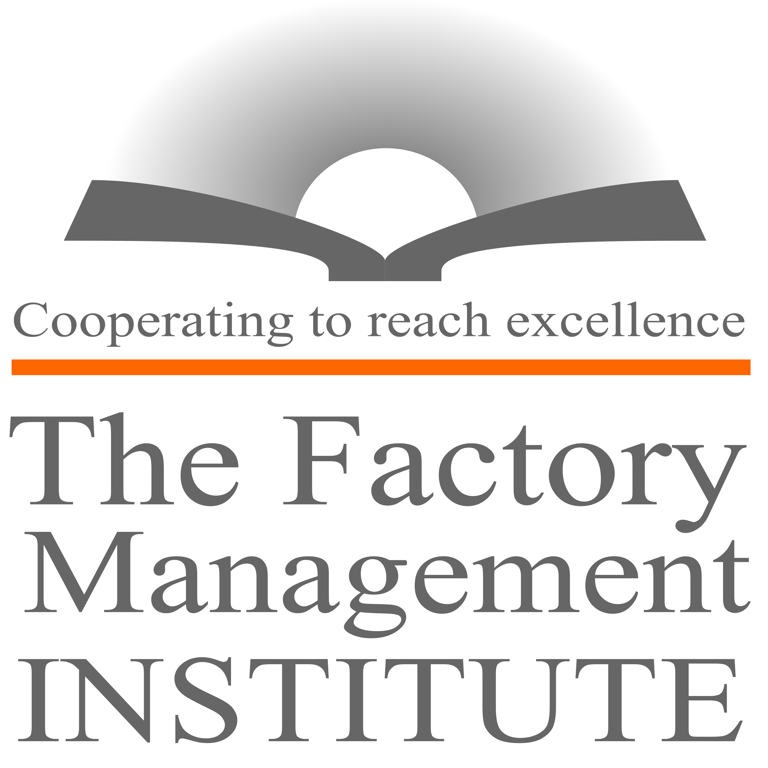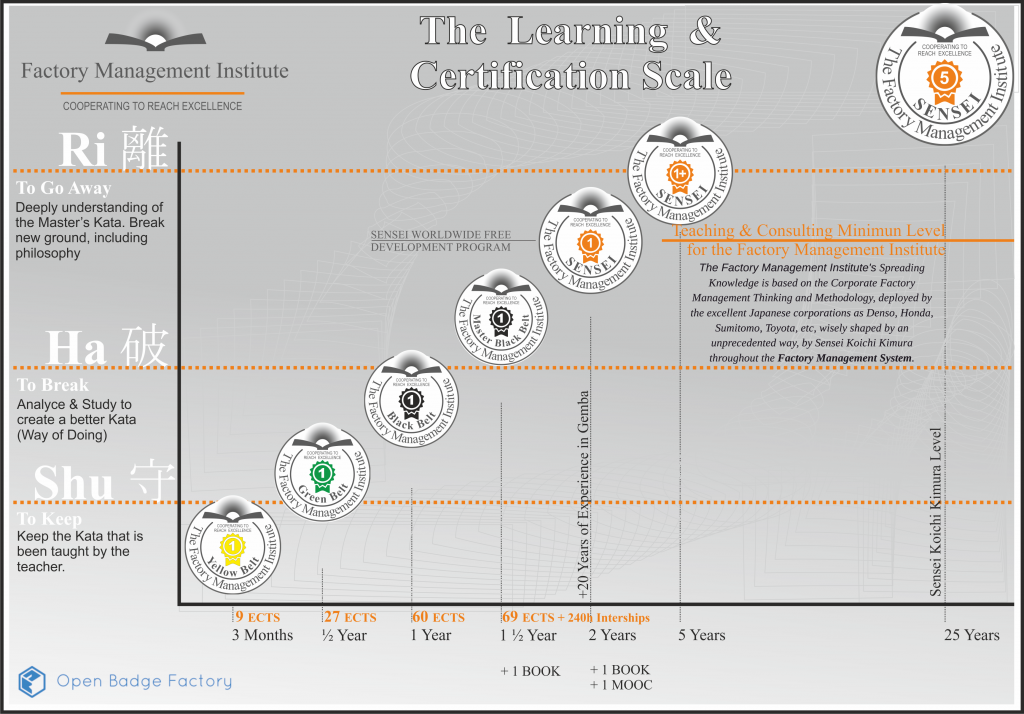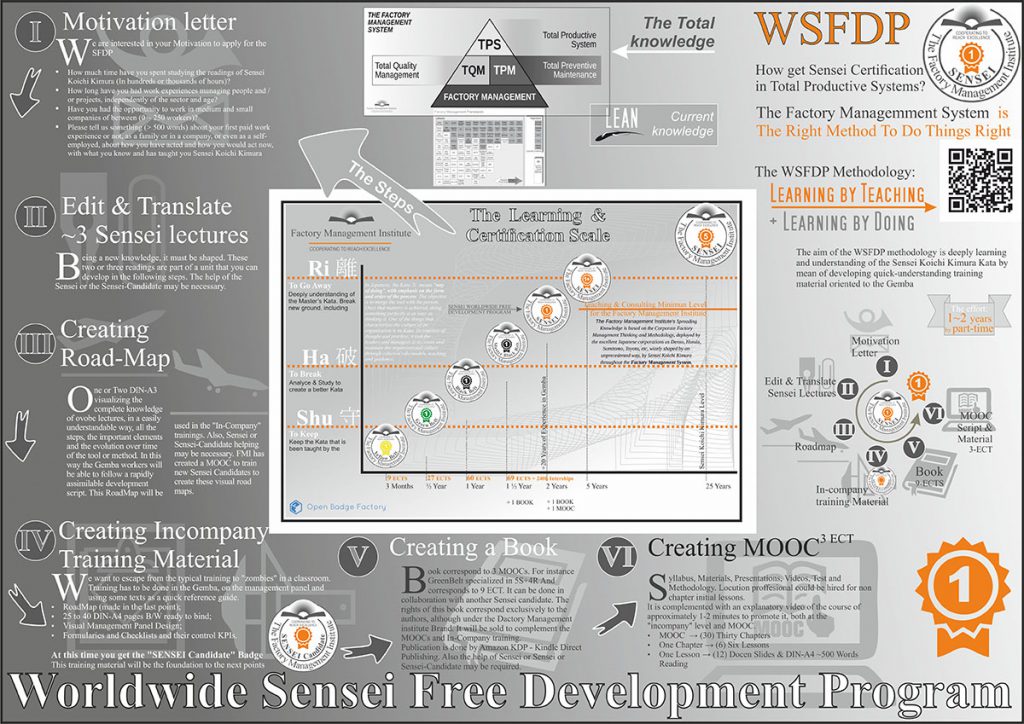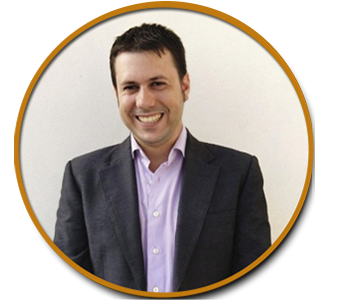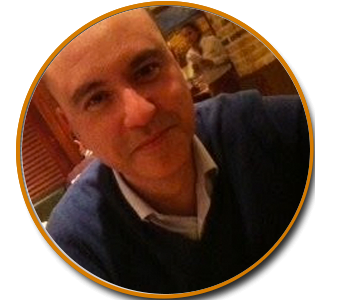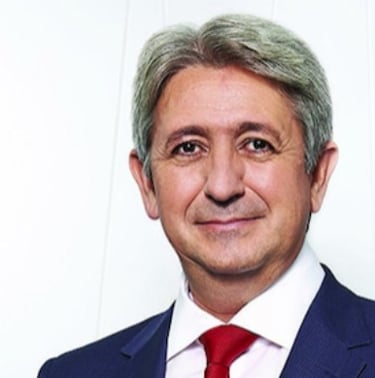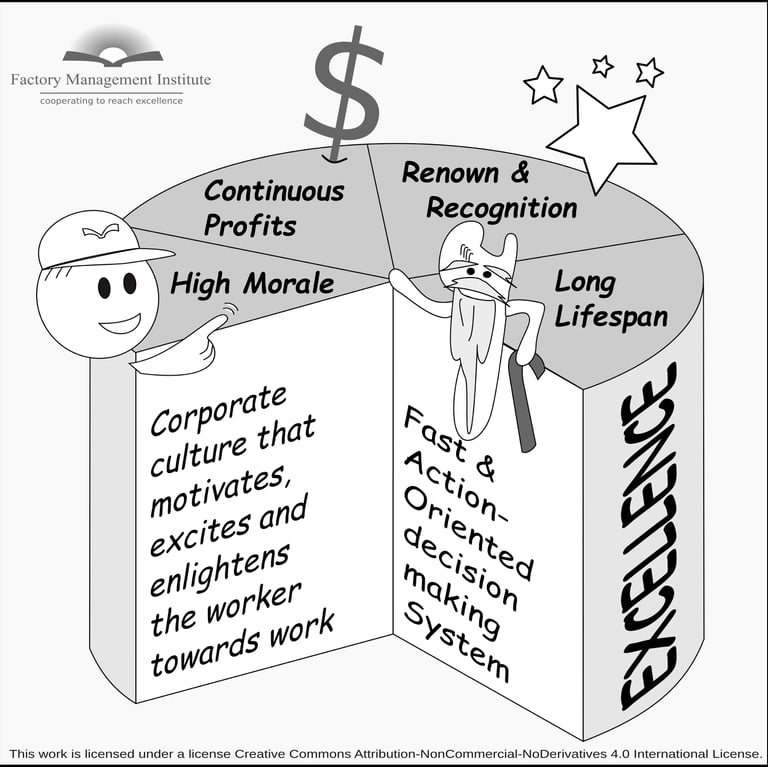
The Factory Management Institute's body of knowledge is based on corporate factory management thinking and methodology, developed by excellent Japanese corporations such as: Denso, Honda, Sumitomo, Toyota, Fujitsu ...
"A Sensei is much more than a consultor"
Are you interested?
...then, please continue reading...
... wisely captured, and in an unprecedented way, by Sensei Koichi Kimura.
... In addition to a great content in books, free readings and videos, we have created a path of specialization and high-level certification through the WSFDP ...
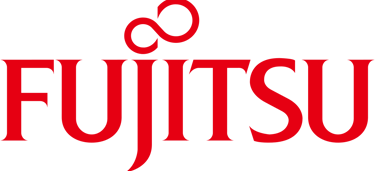

Click en la Bandera para la Versión en Español
Sensei Koichi Kimura
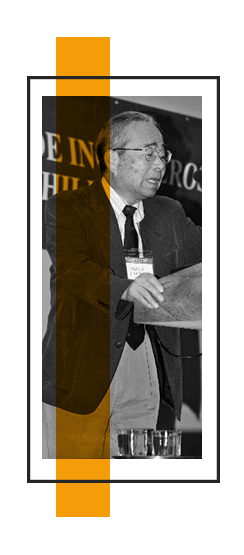

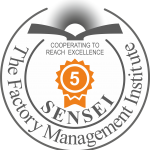

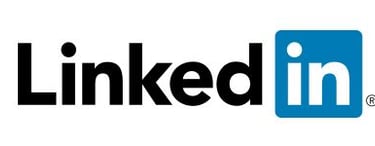

The motto chosen by Sensei Koichi Kimura is his path to excellence within the Factory Management Institute, and which summarizes his statement of his philosophy is: "Contribute to the world's factories with the best factory management system"
Sensei Koichi Kimura worked in the Production Gemba for 40 years at SUMITOMO Corp., in which he developed the factory management systems together with the pioneers of these systems in TOYOTA, HONDA, etc. Since 2010 he has been transmitting and developing this knowledge in more than 11 countries around the world, in lectures and conferences that he distributes directly to his students worldwide, and now through the Factory Management Institute website and Internet Archive.
The Sensei Koichi Kimura is the root of the knowledge that The Factory Management Institute spreads for free.
Factory Management Framework
It embodies the TOTAL MANAGEMENT scheme that large Japanese corporations develop to achieve their Total Productive System or TPS, described for the first time graphically.
This TPS corresponds, for example, to the comprehensive corporate vision Toyota Production System, with which it shares acronyms.
Many consultants can develop one of these Leftware tools and techniques, but only a Sensei can develop the Rightware or the Corporate Constitution.
"The purpose of Factory Management is to create a necessary continuous flow of benefits through the exploitation of Management Resources under the condition of the 3S: Customer, Worker and Society Satisfaction."
Koichi Kimura
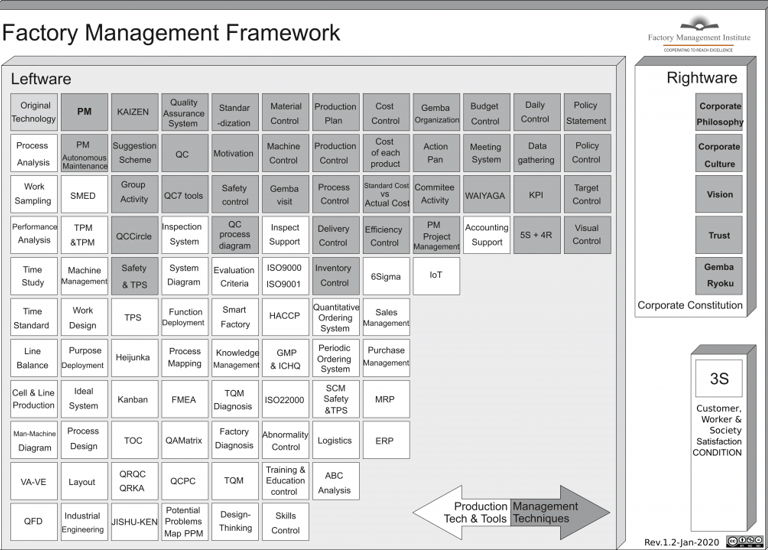

At the Factory Management Institute, we aim to unify, standardize, and consolidate all the knowledge that Sensei offers us through their freely accessible readings. To continue this work of documentation and improvement, we offer a free learning and collaboration path through the Sensei Candidate and Sensei First DAN certifications, within the framework of the WSFDP (Worldwide Sensei Free Development Program). Within the WSFDP, other pathways are now being developed to award smaller certifications, from Yellow Belt to Master Black Belt.
At the Factory Management Institute, we aim to train Senseis capable of creating a corporate culture that fosters Excellence in a Kaizen environment or a regenerative Gemba (Gemba Ryoku) through full participation in the development of Total Production Systems (TPS).
A Sensei's philosophy is based on three principles: Shin (心), Gi (技), and Tai (体)
The meaning of "Shin (心) - MIND, Gi (技) - TECHNIQUE, and Tai (体) - BODY" refers to the ideal state in which each of these elements is fulfilled. It is essential to understand "mind, technique and body" not as separate terms, but as a single idiomatic expression. It is important to emphasize the concept of moderation and balance. Furthermore, by training the mind, technique, and body, their true value can be demonstrated in both the workplace and academia.
Shin (心) - MIND / HEART: It is the strong mindset of…
Pursuit of fact; Many truths, but one fact;
Sense of responsibility;
Sense of justice;
Compassion for others;
Sense of self-sacrifice;
Sense of challenge and;
To have a sense of Precision, a bird's-eye view, and an independent attitude in which one controls oneself independently.
Gi (技) - TECHNIQUE / ART:
Expertise;
Experience and Intuition;
Originality and ingenuity;
Capacity according to circumstances;
Skill of communication.
Tai (体) - BODY / FORM: It expresses ideas and thoughts in a concrete form. To realize what you have learned…
Balance of the Shin (心) – MIND, and the Tai (体) – BODY;
Embodied;
Gi (技) - TECHNIQUES without Shin (心) - HEART, they have no meaning;
Gi (技) - TECHNIQUES without Tai (体) - BODY, they have no meaning;
LEARNING & CERTIFICATION SCALE
SHU 守
SHU in Japanese sumarize the Start Action is "TO START" or "TO START UP". The latter would be translated as "Beginning or preparation" but the translation from Japanese SHU to English is not literal. Japanese is full of nuances. and in this case SHU means "comply with the KATA, make contact with the knowledge and maintain the way of working of your SENSEI".
HA means "TO BREAK", but in this case it means "take apart to put back together." That is to say, deepen the knowledge of the SENSEI much that you become an expert. And just like when you take a computer apart and put it back together and so on many times and with very different types of computers for years, until you become an expert.
RI means "TO GO AWAY" or, in this case, "TO START ANEW PATH". The knowledge of the SENSEI is so integrated into your day to day that you are able to create new knowledge based on the one already created. At this moment you already become a SENSEI. That is why you need a minimum of 20 years of experience (according to the graph) in the field you want to deepen.
HA 破
RI 離
What is a Sensei?
We train Senseis… and we have considered one SENSEI is a person with more than 20 years of experience in the industry, in direct contact with the Production and Office Gemba, with a 360 degree corporate vision, although he/she may have performed his or her functions within a determined area, even handson, in constant training and willing to learn and, also willing to teach.
The basic requirement to qualify as SENSEI is: "To be able to develop one script and one plan for the development and implementation of any of the tools shown in the Factory Management Framework. He/She must also be able to promote the creation of Rightware or the corporate constitution that supports the fundamental tools and techniques of Factory Management".
One Sensei-Candidate has to be trained and accepted as pupil by another Sensei. And The Sensei considers when the Sensei-Candidate is ready for consulting services under fue umbrella of the Factory Management Institute.
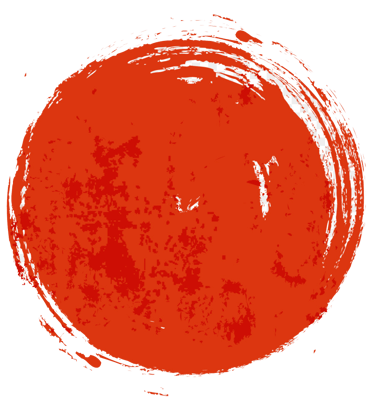

The goal of a Sensei's education is" to learn to think for oneself "
V - This "Book" corresponds to 3 MOOCs and, for example, a Green-Belt certification with a 9-ECTS study load. Step VI can be replaced by creating more content in steps II to V. The rights of the book / s are exclusively for the creator and will be used in training courses, certifications and MOOCs in companies.
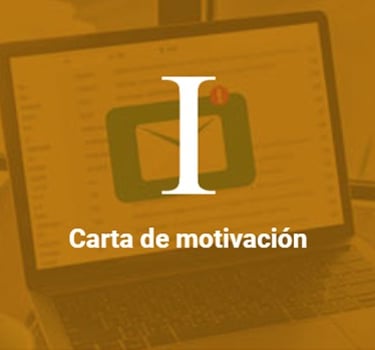


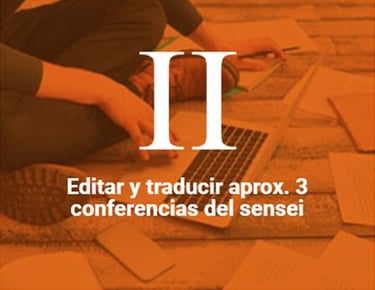



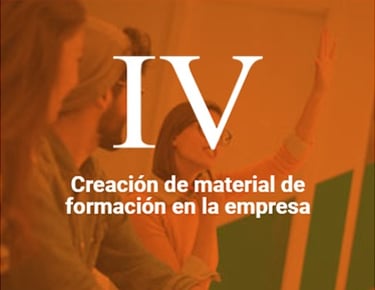
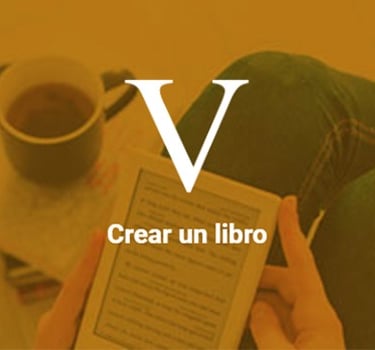


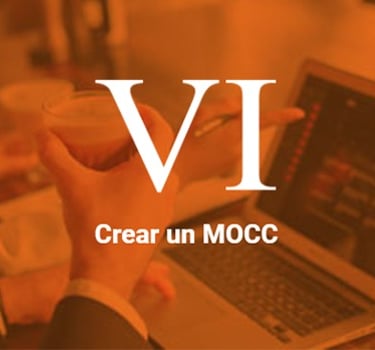
Worldwide Sensei Free Development Program
VI - Program, Materials, Presentations, Video-scripts, Test and Methodology. We can hire professional voiceovers, and video-makers. 1 MOOC = 30 chapters, 1 chapter = 6 lessons. 1 lesson = 12 DIN-A4 slides and approx. 500 words of reading. Step VI can be replaced by creating more content in steps II to V. Thus, in this step it may not be necessary depending on the importance and workload of the deployment of the previous steps.
The last step of the Sensei, once certified by another Sensei, is to make a statement of philosophy within the Factory Management Institute and that summarizes their Kaizen philosophy.
I - We are interested in your motivation to apply for the WSFDP.
II - Being a new knowledge, it must be molded. These two or three readings are part of a unit that you can develop in the next steps of the program. Sensei's help may be necessary.
IV - We want to escape from the typical training to "zombies" in a classroom: Roadmaps, Handbook, Visual management panel, Checklists and main KPIs. All thouse will be used for in-company trainings (TWI).
Certified Sensei

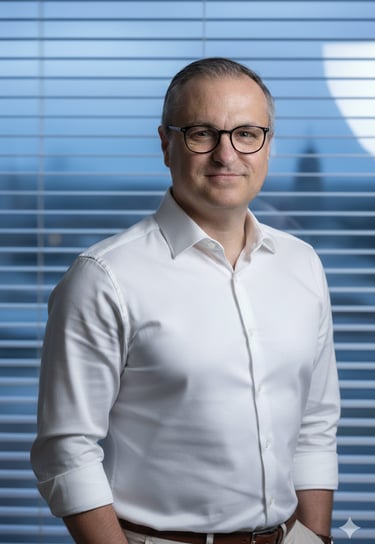
Eduardo L. García
My experience:
"At first you read Sensei's readings and you realize many of the things that you had asked yourself. This way you understand how many of the concepts that you have learned before and never knew how to implement or develop are implemented in the factory and in the office. That is the value of experience.
Then, you try to make summaries and mind-maps about some concepts or tools, even some small training manuals to get an idea of how all these wonderful concepts that Sensei presents to you can be displayed. Thus, you come to deeply understand the Sensei Readings and are also able to shape or edit them.
Sometimes you make these little hankbooks, graphics or mind maps for yourself, because you don't have the opportunity to drive this knowledge in your work. Other times they have a direct application. It depends on your activity. In this way, the short term of your current job does not cloud your VISION in the long term. In this, it is also important to have previous experiences, because you know exactly where to apply what you are learning now and where you could go wrong.
Then you go deeper, maybe again, in books that you had not read or understood in depth before. In my case there were several, starting with the wonderful book: Introduction to Quality Control by Dr. Kaouru Ishikawa. Rereading this one after understanding Sensei's vision makes you really understand the value of these manuals and the visions presented there, it also makes you reconsider the perspectives that you thought were revolutionary, such as Lean-six-sigma, which do not really contribute anything new and they are very sketchy.
And finally EVERYTHING FITS ... This process leads you to finally be able to create your own readings, books, courses and to know how to explain those concepts to others, and finally to become a Sensei ".
This is how the SHU-HA-RI cycle is confirmed. A Sensei is able to break the acquired knowledge to create a new one in a continuous learning cycle.
Now as a Sensei I must do a reflection exercise to detail my philosophy for the next few years. This statement is the beginning of a Sensei's path"
Eduardo L. Garcia (December 2020).


The motto chosen by Sensei Eduardo L. García on his path to excellence within the Factory Management Institute, and which summarizes the declaration of his philosophy as of January 2021, is: "Cooperate and help new Sensei Candidates, through example and guide, in their training and professional practice "
Books & Lectures
List of projects available for SENSEI 1st DAN certification:
5S + 4R: KAIZEN development manual from the creation of the basic structures for full participation in corporate management. From the 5S-1 and 5S-2 readings of the Sensei Koichi Kimura you can make a complete development manual, development maps, agenda and visual management of the entire system.
- Presentation Letter "To My Friend" - 5S Part 1 - 5S Part 2
Make the stream of production: Practical handbook to make the Production stream and the visual control of the advance. Based on the Sensei Koichi Kimura (Making the Stream of Production) lectures.
- Making the Stream of production 0-14
Kanban: KANBAN Practical manual based on Sensei Koichi Kimura’s latest reading about Making the Stream of Production. - Making the Stream of production 13 - Making the Stream of production 14
TPM-10 Employee engagement: Practical handbook for the development of the corporate culture that excites and motivates the worker. Checklist and online tool for evaluating the level of commitment of the worker. Based on the first part of Sensei Koichi Kimura’s TPM-10 lecture.
- TPM 10
Factory Management Checklist Practical Handbook: Checklist about the excellence level achieved by industrial plants. Factory Management Checklist level is the primary step for identification of lacks and required practices to develop, for instance, TPM, TPS, etc.
- Factory Management Checklist

Follow us ...
E-mail us...
Are you thinking of improving your skills or perhaps acquiring the skills of a Sensei?
Do you think you might need the help of a Sensei to develop your Factory Management or your Corporate Constitution?
Legal notice:
Factory Management Institute is an entity in the period of incorporation as of the date of publication of this website on January 14, 2021. This website does not collect or store user data. The data of your emails are not processed or stored in any way and are destroyed once answered.
The WSFDP is freely accessible and free, does not bind the Factory Management Institute or the Candidate in any way, and the Candidate is accepted as a pupil by a certified Sensei on a personal level in order to grow personally and professionally, resulting in the materials that this Candidate establish and believe in his path to excellence, they are his exclusive property. The free access readings already published and to be published are under a Creative-Commons license: Attribution-NonCommercial-NoDerivatives 4.0 International (CC BY-NC-ND 4.0).
